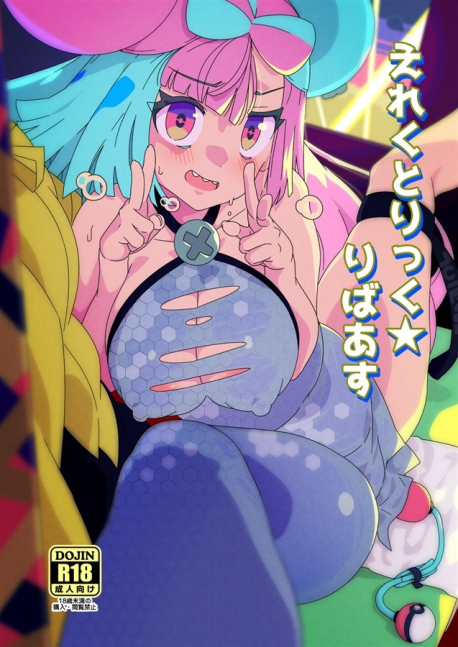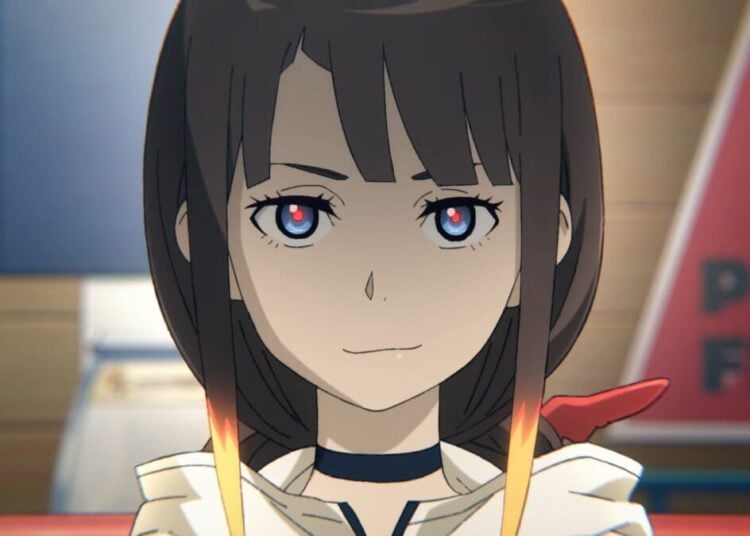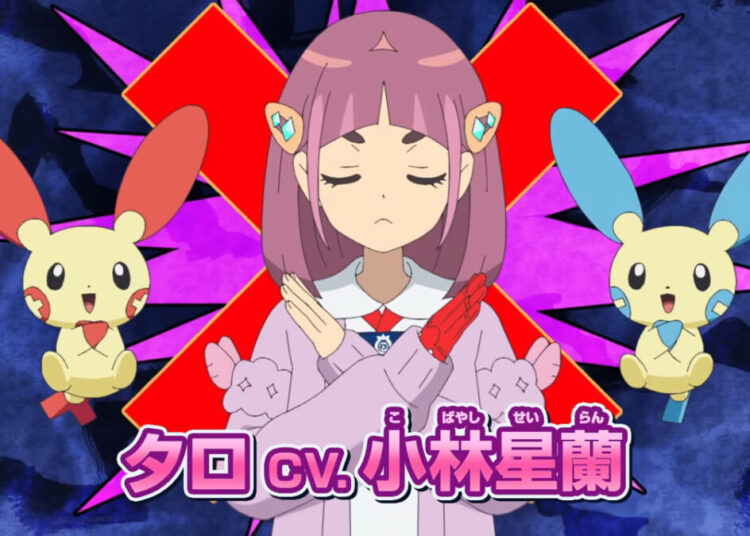Last week, The Pokémon Company seemed to update its legal disclaimer regarding its stance on fan art. Essentially, any fan art made is the property of The Pokémon Company, and you get nothing. As expected, users on Twitter and Reddit had a field day with the outrage the announcement caused.
You know all those End User License Agreements (EULAs) you blindly click through on games, websites, and apps? Do you ever actually read those? I have worked in law for 5 years, and I admit, I do not. At least not the whole thing. It’s full of confusing legalese and is usually just a standard, boring agreement. Sometimes that’s not the case, like Apple’s famously weird stipulation against using their products to manufacture nukes. Nevertheless, the Internet Outrage Machine marches onward, and fans are not pleased with what they see.
The Section in Question:
Distribution in any form and any channels now known or in the future of derivative works based on the copyrighted property trademarks, service marks, trade names, and other proprietary property (Fan Art) of The Pokémon Company International, Inc., its affiliates, and licensors (Pokémon) constitutes a royalty-free, non-exclusive, irrevocable, transferable, sub-licensable, worldwide license from the Fan Art’s creator to Pokémon to use, transmit, copy, modify, and display Fan Art (and its derivatives) for any purpose. No further consideration or compensation of any kind will be given for any Fan Art. Fan Art creator gives up any claims that the use of the Fan Art violates any of their rights, including moral rights, privacy rights, proprietary rights publicity rights, rights to credit for material or ideas or any other right, including the right to approve the way such material is used. In no uncertain terms, does Pokémon’s use of Fan Art constitute a grant to Fan Art’s creator to use the Pokémon intellectual property or Fan Art beyond a personal, noncommercial home use.
Sounds grim, doesn’t it? Let’s take this apart from the top to make sure we leave no Geodude unturned. First, this is not a new addition. Now, using the Wayback Machine, we will see this addition to the legal disclaimer was made back in 2016. So these rules have been there for well over 6 years at this point. As of this writing, I cannot find a single instance where The Pokémon Company has exercised this right to remove fanart or “steal” it, as some have claimed.
If I’m wrong, please correct me! But remember, we’re talking about fan art, not fan games. Admittedly, they have gone after the likes of shirt manufacturers like TeePublic, who make a profit off of fan art used in their designs. But, not any individual artist for their work. Nintendo has a few times, however, it’s important to recognize that TPC is its own entity, and isn’t nearly as litigious as Nintendo.
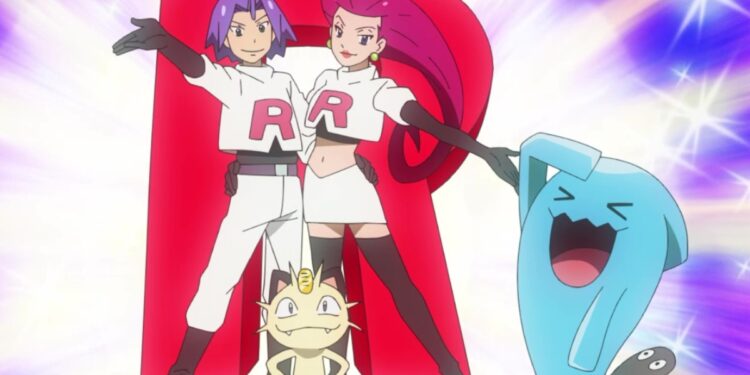
So, let’s check the actual language of the disclaimer. The first bit we will tackle is the transfer of ownership, saying that TPC gets royalty-free, uncredited use of your work. This is simply standard practice and is just an inherent part of making fan creations. Sega has the exact same language in their contests. This extends to Atlus as well. For example, if you submit an entry to Atlus USA’s yearly cosplay contest, they get full control of your likeness and voice from your entry for advertising purposes. But again, this is all standard and nowhere near as nefarious as it sounds. The Pokémon Company has long held its own contests too, including some for the art on Pokémon cards.
The Devil in Pokémon’s Details
Now what about the legality of fan art itself? That’s a whole other can of Wurmples, and we’re gonna crack it open right now. At face value, fan art is copyright infringement. That’s just an objective, legal, fact. Creators of fan content simply do not own the characters they are making this art for. There’s an argument to be made for Fair Use, but we will not be getting into that here. Generally, companies know fan art and fan content is an excellent marketing tool and one they get for free. As such, they tend to quietly accept, if not outright encourage it. There are some exceptions, like George R. R. Martin and Anne Rice famously having a disdain for fan fiction.
But most companies are happy to see it, promote it themselves, and sometimes even hire those fans, Pokémon included. To spin some of my own legalese in here: Fan works are almost always seen as separate from the original. It does not replace the original but supplements it through creating a community, fostering interest, and encouraging engagement with the original work. I’m sure you’ve seen some nice art of a sexy waifu/husbando and went on to at least read about the source material. In fact, I credit J-List’s very own Peter Payne for getting me into The iDOLM@STER. Many years ago, a wonderful piece of fan art featuring Hibiki Ganaha graced my Facebook feed and before I knew it, I owned several games, figures of her, and other merch from the series.
Prepare for Trouble, and Make it Double
Where you start setting yourself up for trouble is when you try to make money off that work. “But my favorite lewd artist sells waifu art all the time”, I hear you say. And while that is true, and it is widespread, that doesn’t mean it’s legal. But, as with all things legal, there are many factors to consider. The biggest is that when you sue someone, it’s usually for what is called “compensatory damages”. This is money meant to compensate for a loss you suffer, and you have to be able to collect that money. Any lawyer worth their salt won’t chase after someone who can’t pay.
With that in mind, there’s no real benefit to The Pokémon Company or Atlus suing the 20-something college kid struggling to pay rent with some occasional lewd art commissions. It is an immense waste of time and money for no discernable gain and several Hydro Pumps worth of bad PR. That said, the risk is not zero. If you break those rules, especially for monetary gain, you’re putting yourself at risk.
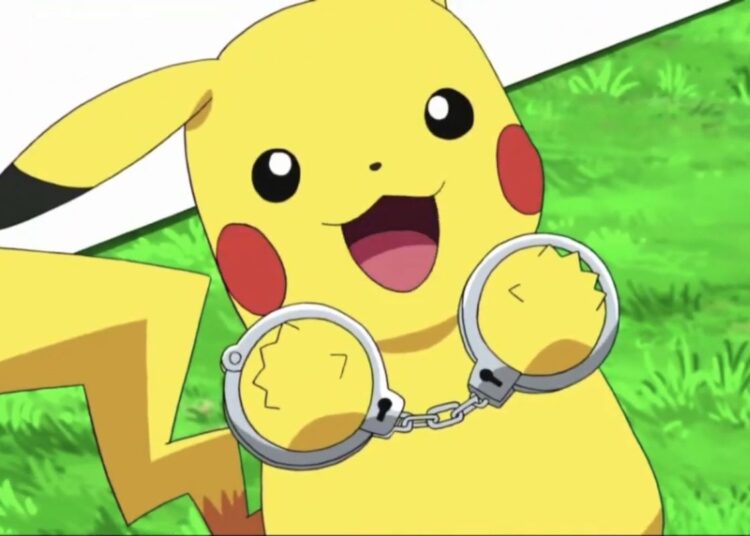
So to wrap up: Do I personally think fans and artists should be worried about this addition to their fan art rules? Not really. Pokémon fan art runs the gamut from cute and wholesome, to lewd and depraved. If you want even more definitive proof, look at Japan’s Comiket convention, the holy land of fan works. There’s just too much risk involved for companies to pursue their own fans for something as harmless, and mutually beneficial as fan art.
Speaking of Comiket, we’ve got pretty a spicy Iono doujin for sale. Check it out!
